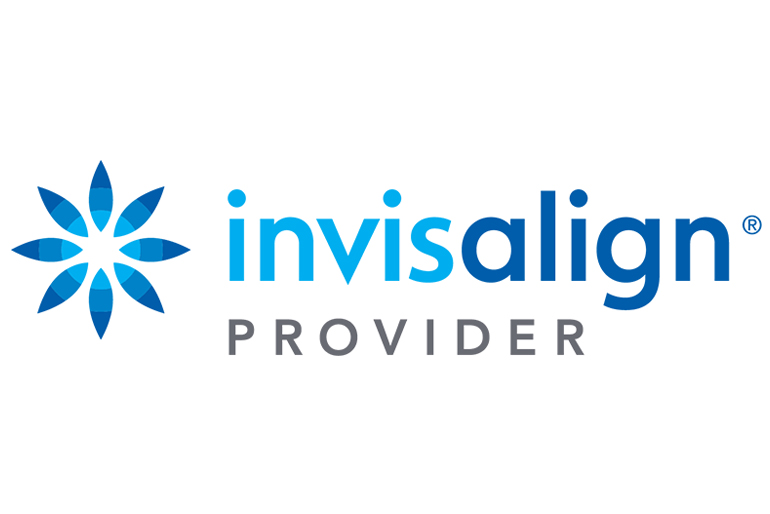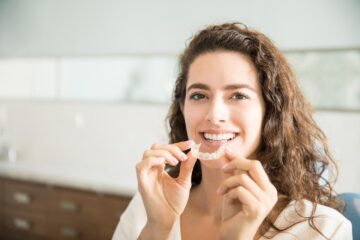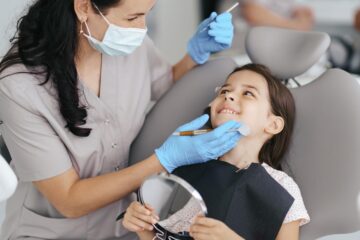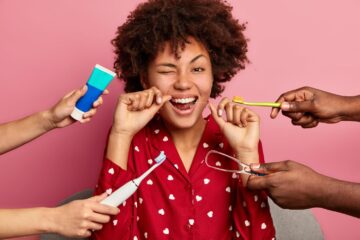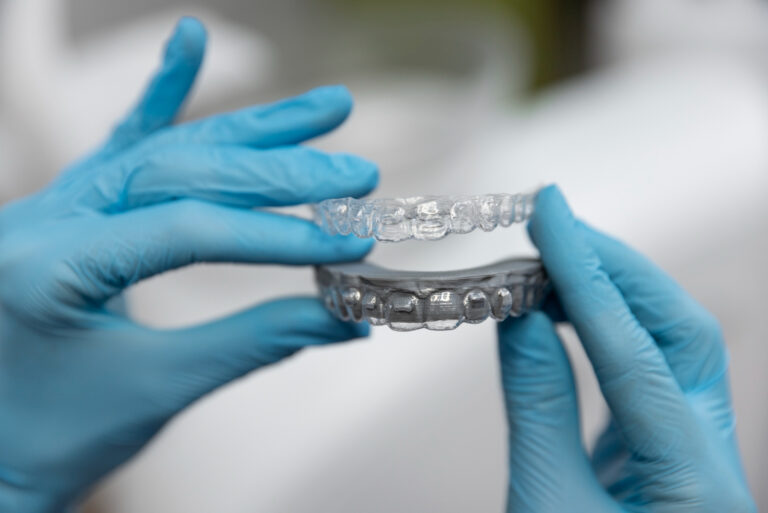
Most people around the world seek orthodontic treatment today mainly to improve the smile aesthetics and the quality of life overall.
A secondary reason could be to enhance the function, such as that of chewing, swallowing and breathing. The most traditional way of correcting malocclusion is using fixed orthodontic techniques, with metal and ceramic braces.
The other methods include:
- My functional appliances to correct jaw position in growing children, with the use of twin block, activator, headgear, facemask
- Using removable and fixed retainers after the correction has been achieved
- Lower jaw forward positioning devices in cases of sleep apnea
While these techniques require the patient to visit the orthodontist frequently for check-ups and monitoring, the newly in concept of aligners totally works the opposite.
Aligners are clear transparent trays that are customized for each patient. They are easily removable and wearable by the patient in concern, but with proper training and scanning from the certified orthodontist.
Literature shows evidence that every sort of malocclusion today can be successfully treated with clear aligners.
Hence, pros include:
- Anyone in the age group of 6-75 years can comfortably opt for clear aligners
- In clinic appointments are very less
- A proper training and guidance from your aligner provider will help you to wear/remove aligners well
- Results are same as that achieved through metal/ceramic braces
- Treatment duration is less as compared to fixed orthodontics
Aligner treatment does carry some disadvantages with it too.
- Social media platforms/B2C brands that directly provide aligners to patients, disregarding the involvement of an orthodontist
- Home available intra oral scans, self impression techniques at home that jeopardize the oral hygiene and safety protocols
- Less wear time, eating/drinking/smoking while wearing the aligners
Tip: Aligners worn for 20-22 hours a day under the supervision of a certified aligner provider/Orthodontist only, will bring about the best desired tooth movement and smile correction

